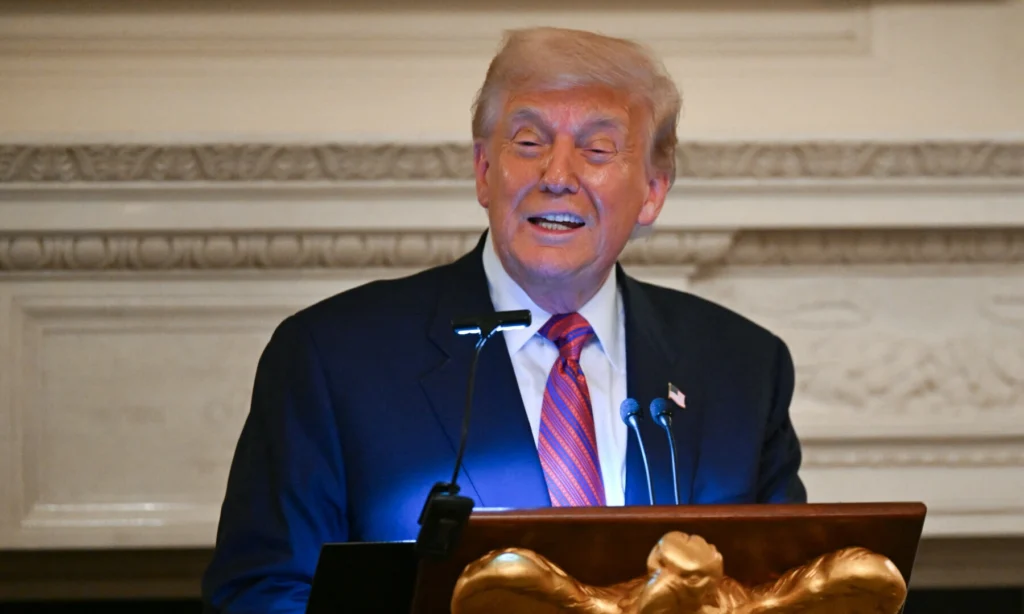US President Donald Trump has once again positioned himself at the heart of South Asian geopolitics by claiming responsibility for ending the recent India-Pakistan conflict. For the first time, he specified that “at least five jets were shot down,” a claim that immediately reignited debate across both the subcontinent and international communities. The 2025 military escalation between India and Pakistan was caused by a devastating terror attack in Pahalgam, Kashmir, on April 22, which resulted in dozens of deaths and targeted civilians, including international tourists. India responded with Operation Sindoor, a series of cross-border air and missile strikes aimed at assumed terrorist infrastructure in Pakistan and IIOJ&K; however, the attacks were directly aimed at civilians and mosques
The situation quickly intensified, with both countries, armed with nuclear capabilities, exchanging munitions over a tense four-day period before a ceasefire was announced on May 10.
Trump’s Claim and the Diplomatic Tug-of-War
At a private dinner with lawmakers in Washington, Trump said:
“Planes were being shot out of there. I think five jets were shot down. These are two serious nuclear countries, and they were hitting each other… It was getting bigger and bigger, and we got it solved through trade. We said, you guys want to make a trade deal. We’re not making a trade deal if you’re going to be throwing around weapons, and maybe nuclear weapons, both are very powerful nuclear states”.
Pakistan acknowledged President Trump’s role in defusing the 2025 tensions. Its calibrated downing of five Indian jets, including a Rafale, signaled credible deterrence while reinforcing that lasting peace stems from diplomacy, not transactional trade optics. Trump’s remarks were seen in Islamabad as an endorsement of its narrative that its military response was not an escalation, but a demonstration of control.
While Trump asserted that he used America’s trade ties to push both India and Pakistan toward agreeing to a ceasefire, Indian officials continue to reject any US-brokered intervention. According to the Indian government, the ceasefire was attained by direct military-to-military talks, not due to US mediation or the trade suspension. Trump’s repeated claims of “stopping a nuclear war” have brought criticism, especially considering the political sensitivity involved in recounting such events.
The Numbers: Fact or Rhetoric?
Trump’s specific mention, “five jets were shot down”, has stirred a lot of arguments and claims:
- Pakistan’s military asserted it had shot down five Indian jets during the peak of the conflict with proves during conference.
- Indian military sources report downing multiple Pakistani aircraft but could not provide any specific figures, instead referencing “several” high-tech jets destroyed in Operation Sindoor.
- However, Trump’s direct mention of the number, paired with his emphasis on de-escalation, was interpreted by Pakistan’s leadership as validation of its air defense claims, particularly the claim of downing a French-made Rafale jet.
Trump’s remarks come at a time when both countries are battling to control the narrative. In India, opposition leaders have called on Prime Minister Modi to address Parliament, pointing to public uncertainty and worries about national morale after the U.S. president’s statements. In Pakistan, his claims support a local storyline highlighting military strength.
Conclusion:
President Trump’s insistence on “at least five jets shot down” shows not just an accounting of losses but a high-stakes battle over diplomatic credit, regional power, and global prestige. By indirectly echoing Pakistan’s version of events, particularly the claim involving a Rafale jet, Trump’s remarks offered Islamabad both political cover and narrative leverage, especially as Pakistan presented concrete evidence to support its claims, while India failed to substantiate its version. As seen in past confrontations, New Delhi’s unverified assertions once again collapse under scrutiny.


